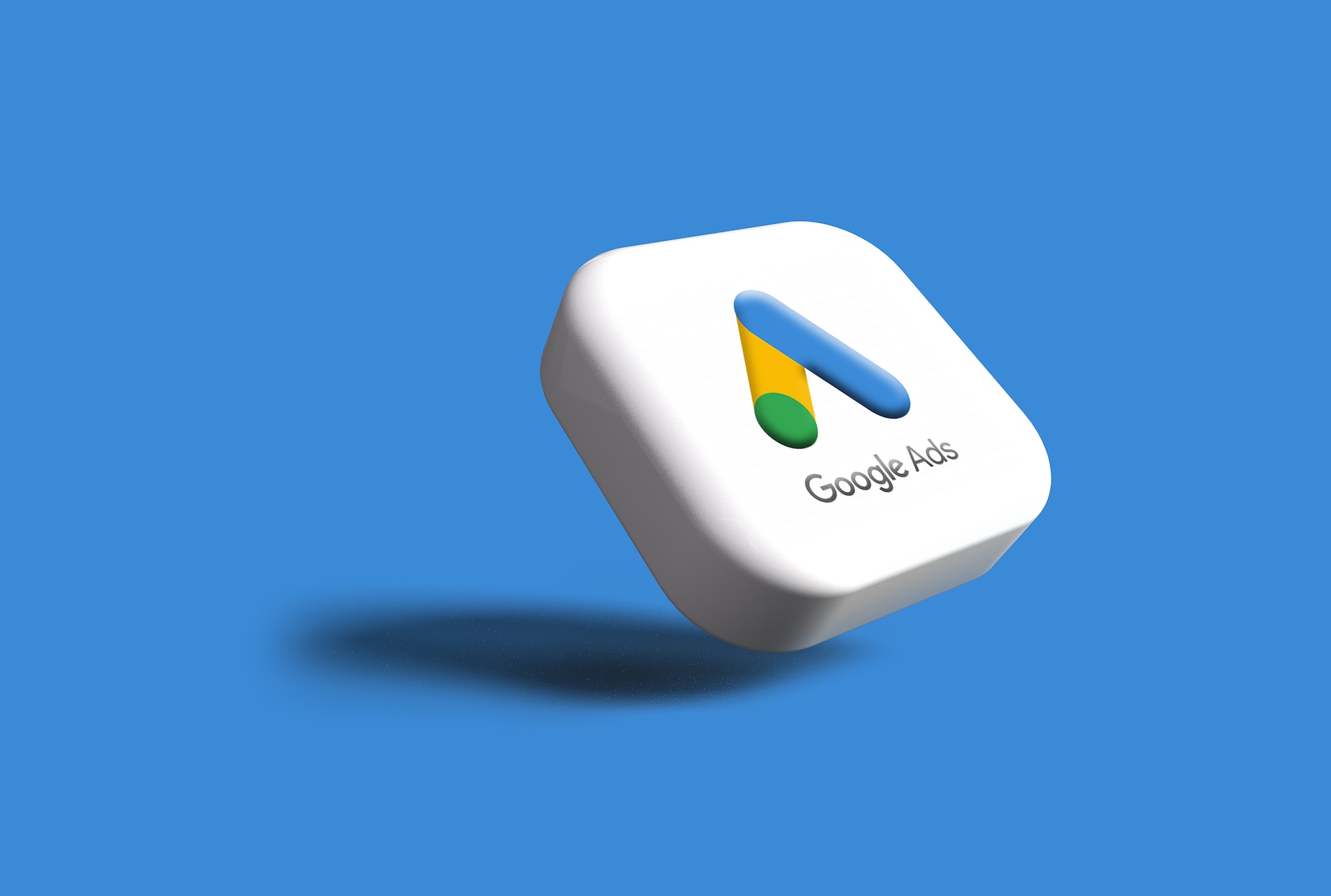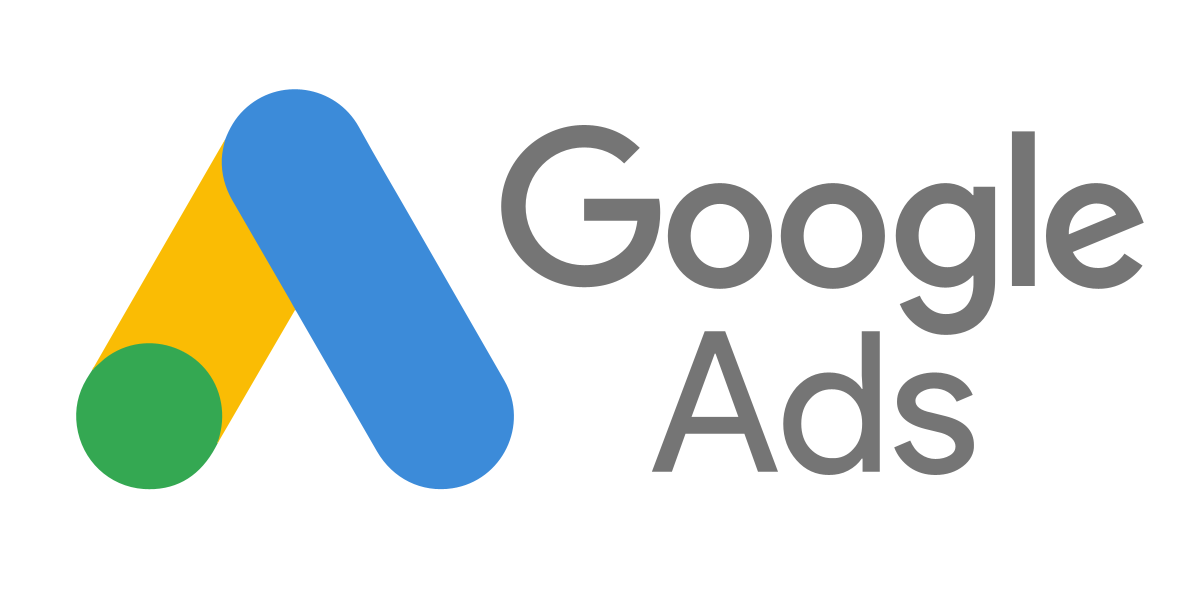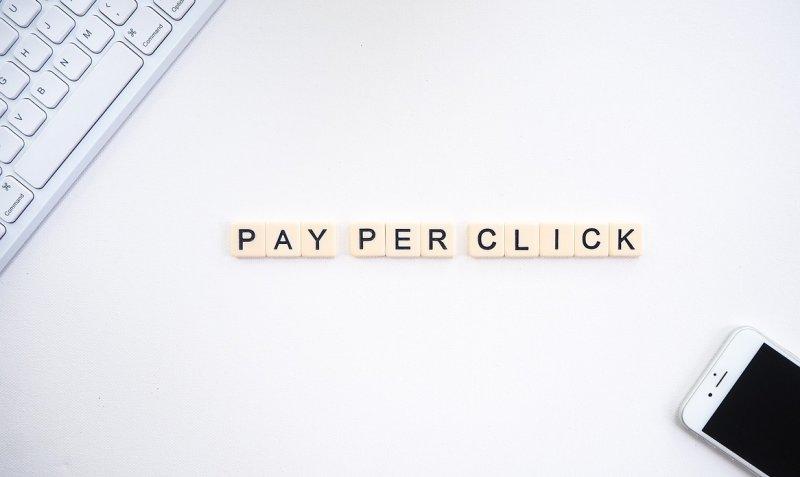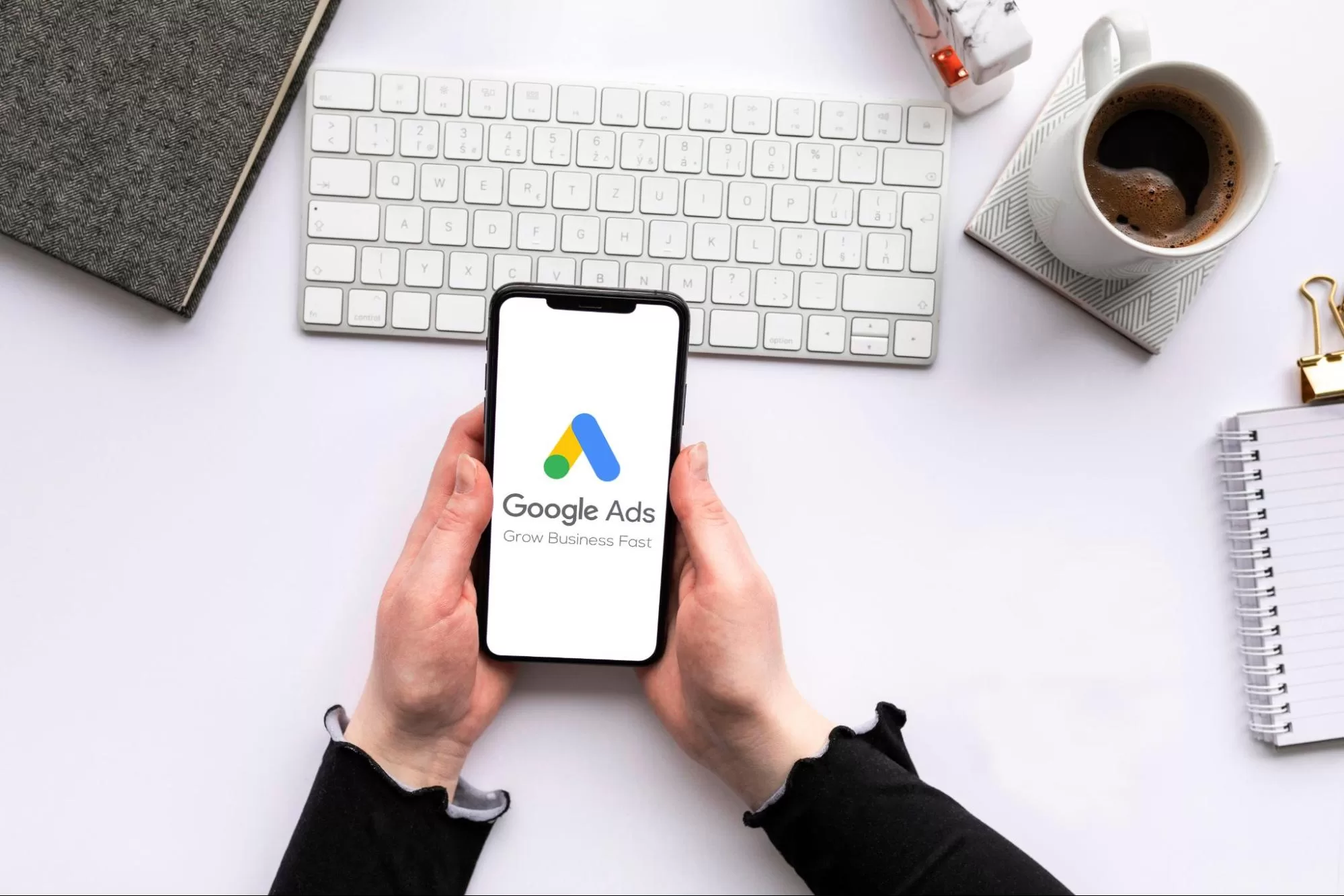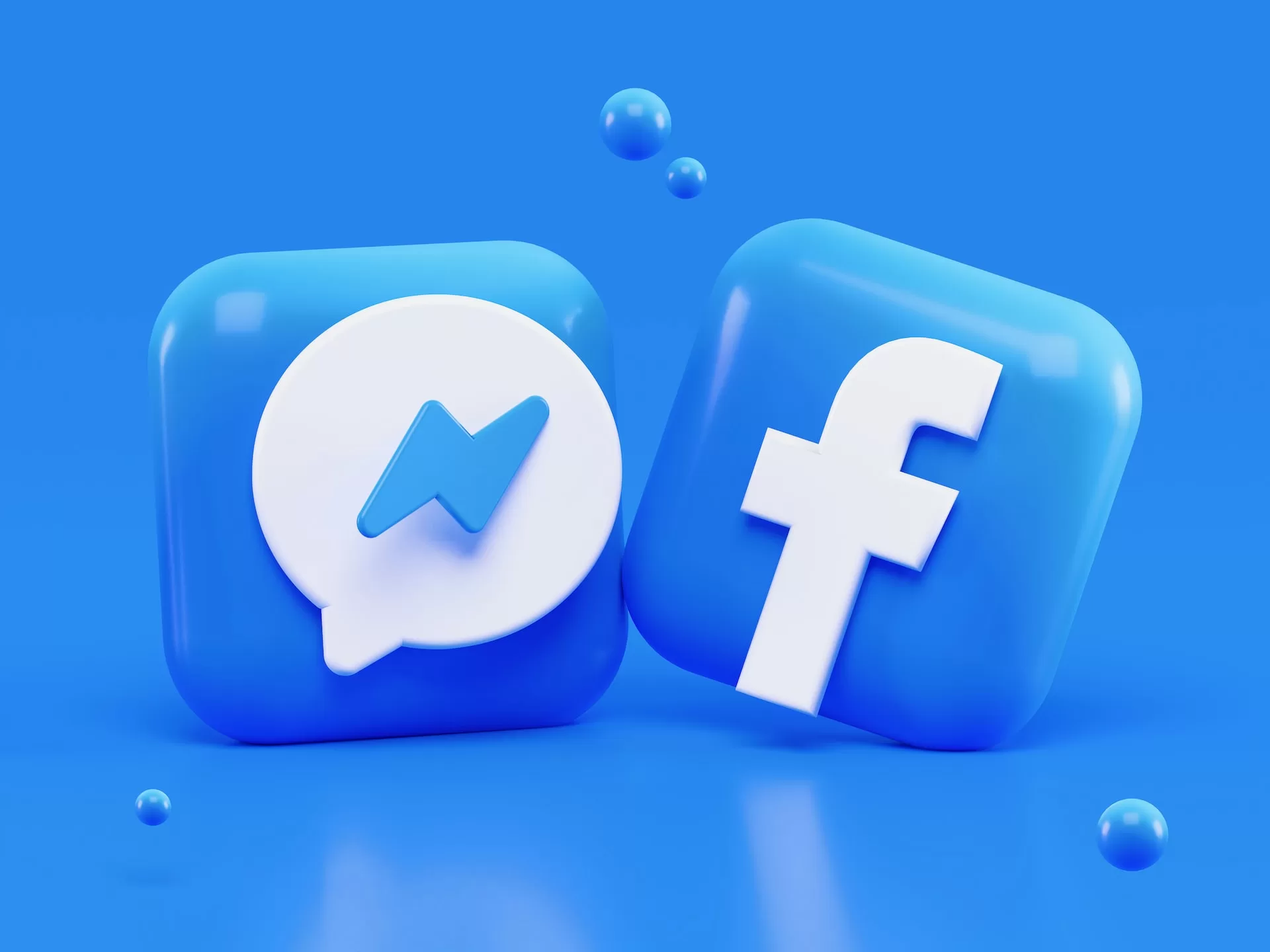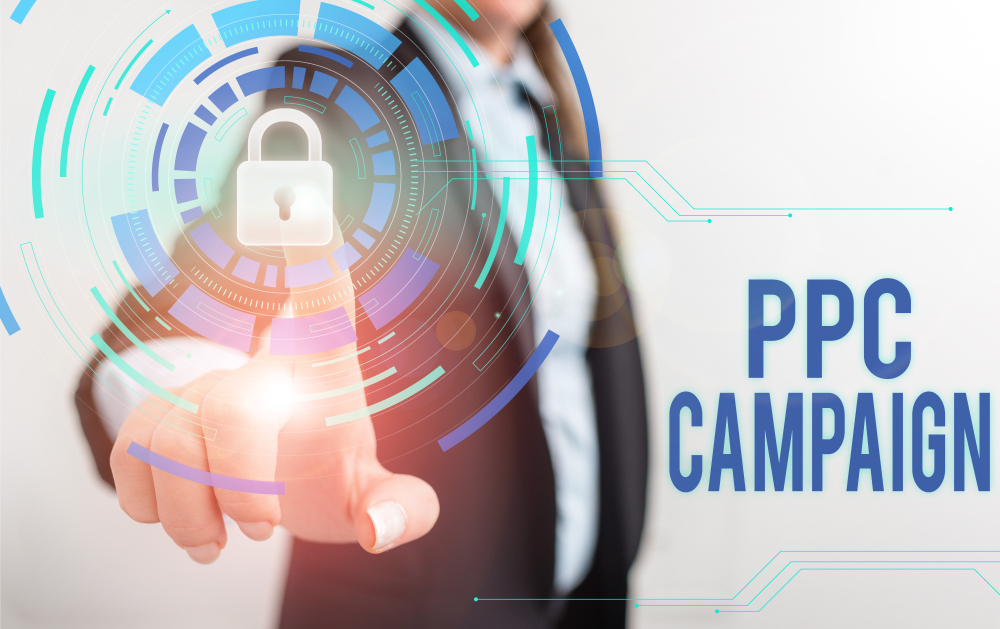Paid Advertising: What it is & How it Works in 2023
April 13, 2023
An Introduction To Google’s Automated Bidding Strategies
January 20, 2023
Top Tips to Improve Your PPC Campaign and Boost Your Business
January 18, 2023
How To Launch A Google Ad Campaign
January 6, 2023
How Your Business Can Benefit from Display Advertising
December 14, 2022
Actionable Guide To Facebook Ad Placements
December 12, 2022
Top 8 reasons to hire the best PPC expert
December 6, 2022
Is Paid Criminal Defense Advertising Worth It?
December 6, 2022


